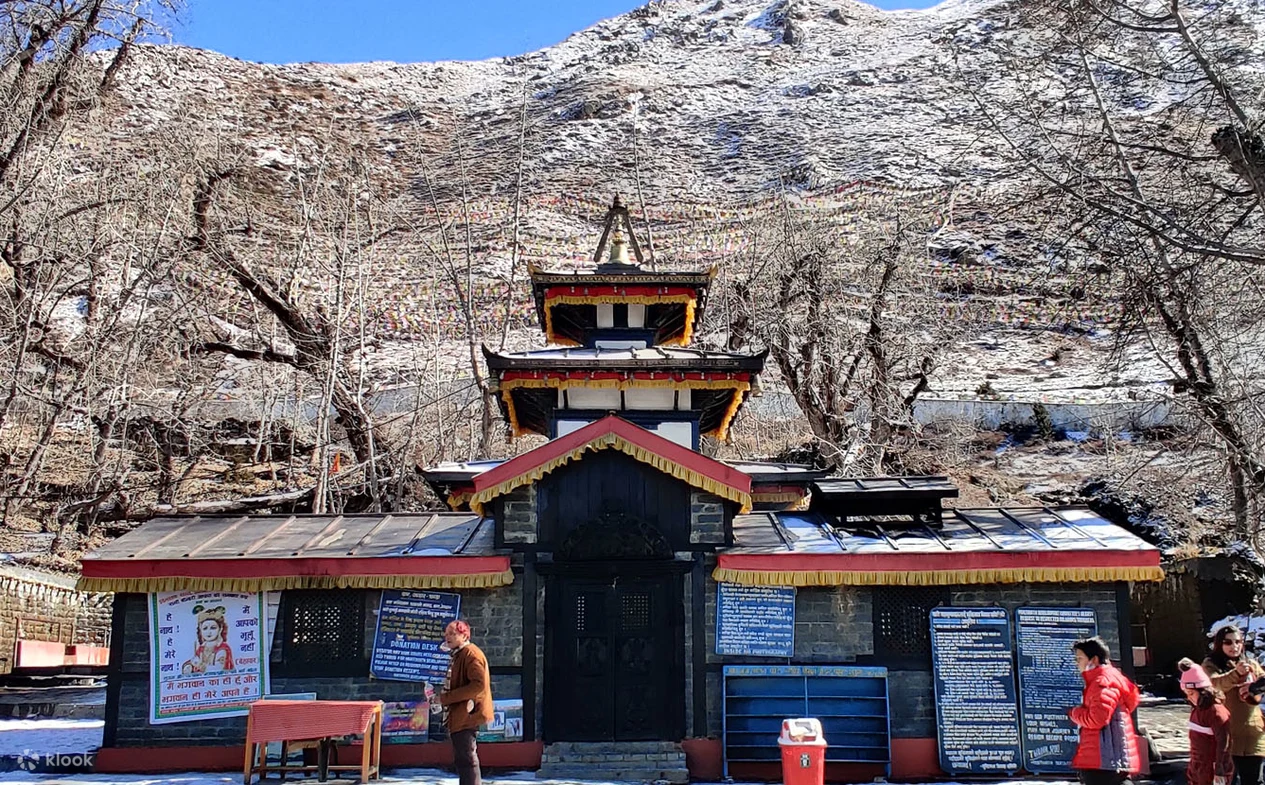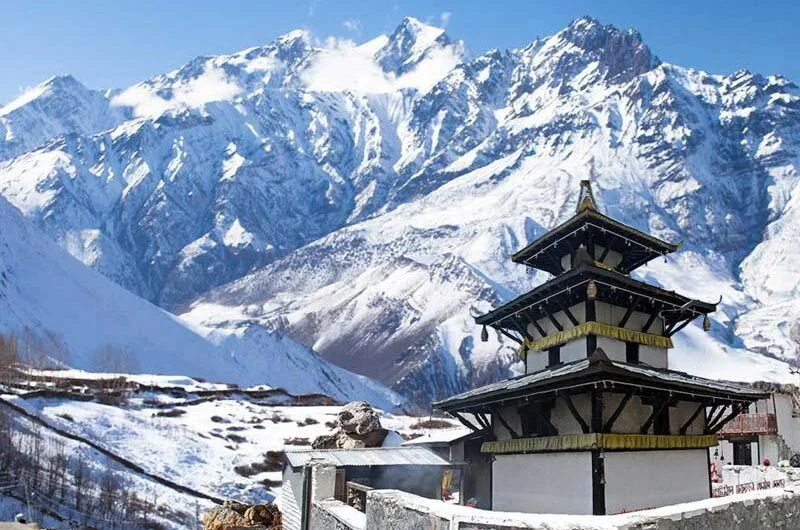
Muktinath Temple
History of Muktinath Temple
Muktinath Temple, located in Mustang, Nepal, is an ancient sacred site revered by both Hindus and Buddhists. Its history dates back to the early centuries of the first millennium, with mentions in ancient scriptures. The temple is dedicated to Lord Vishnu, who is believed to have taken the form of a shaligram stone here, and to Mahatma Buddha, reflecting religious harmony. According to Hindu mythology, Muktinath is one of the eight most sacred shrines (Svayam Vyakta Ksetras) and signifies liberation from the cycle of birth and death. The temple features 108 water spouts symbolizing sacred waters from holy Divya Desams, with devotees bathing to cleanse their sins. Tibetan Buddhist tradition holds that Guru Rinpoche meditated at Muktinath during his journey to Tibet. Over the centuries, rulers and devotees from Nepal, India, and Tibet have preserved and enriched the temple. The temple's unique location along ancient trade routes further highlights its cultural importance in connecting different spiritual traditions.
108 Sacred Water Spouts - Muktinath
The 108 Sacred Water Spouts at Muktinath Temple, known as Mukti Dhara, are arranged in a semi-circular formation. Believed to purify sins, pilgrims bathe under these cold, flowing spouts, which symbolize the sacred waters from 108 holy pilgrimage sites in Hinduism. The number 108 represents cosmic completeness and spiritual cleansing in both Hindu and Buddhist traditions, making the ritual deeply significant for devotees seeking liberation and renewal.
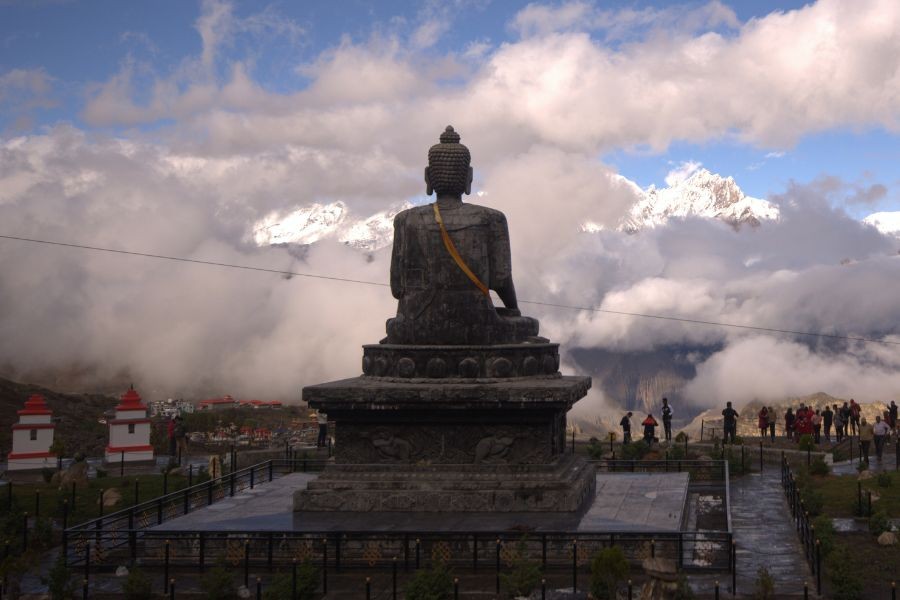
Buddhism - Muktinath
Muktinath Temple holds immense significance for both Hindus and Buddhists. For Hindus, it is one of the 108 Divya Desams dedicated to Lord Vishnu, symbolizing liberation (moksha). Buddhists revere it as a meditation site of Guru Rinpoche (Padmasambhava), associating it with enlightenment, making it a unique confluence of faiths.
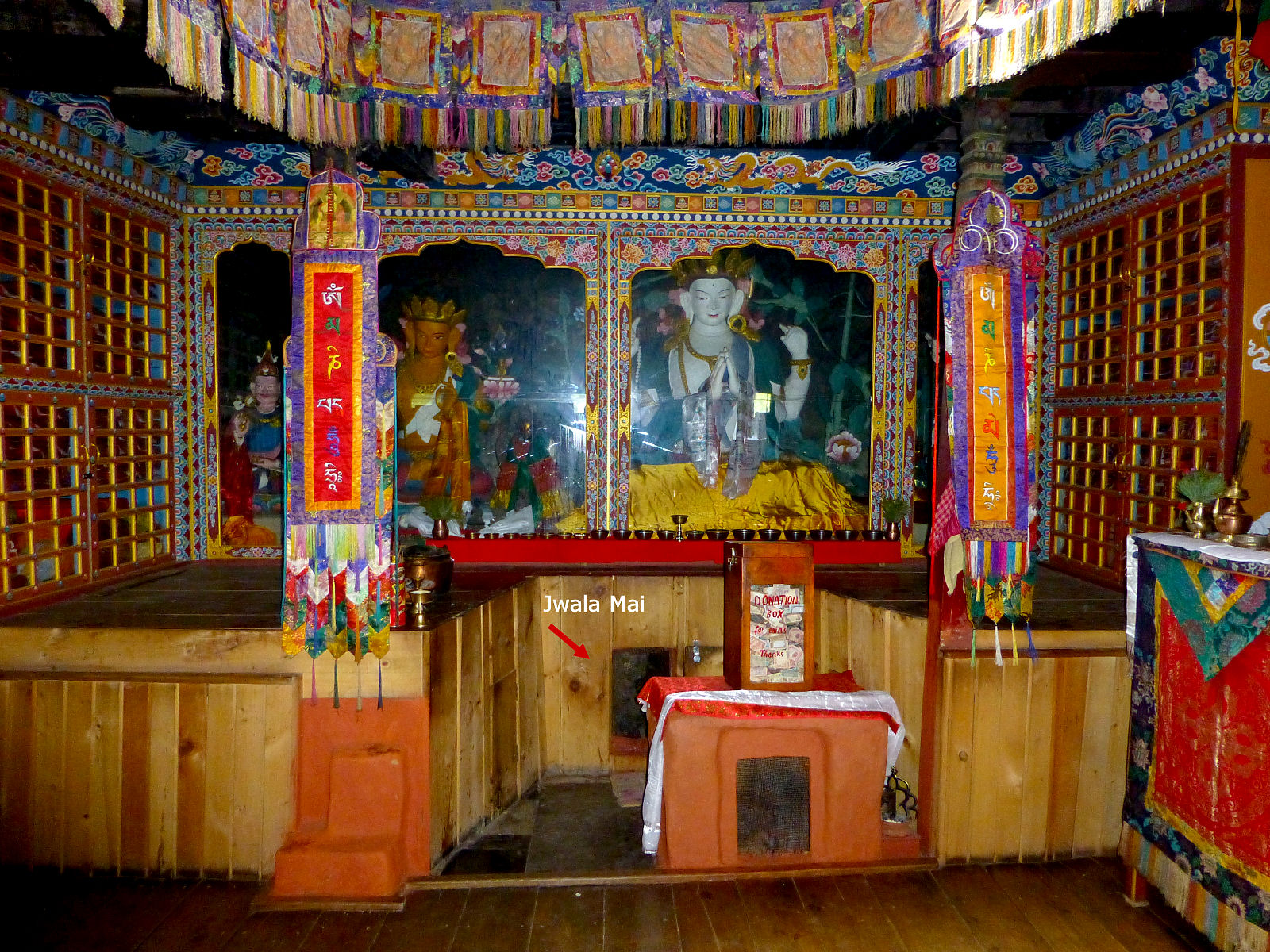
Eternal Flame at Muktinath
The Eternal Flame at Muktinath, located in the Jwala Mai Temple, is a natural flame that burns continuously, fed by natural gas seeping from the earth. This sacred flame symbolizes divine energy and is revered by both Hindus and Buddhists. Pilgrims believe it represents purity and spiritual power, offering protection and blessings.
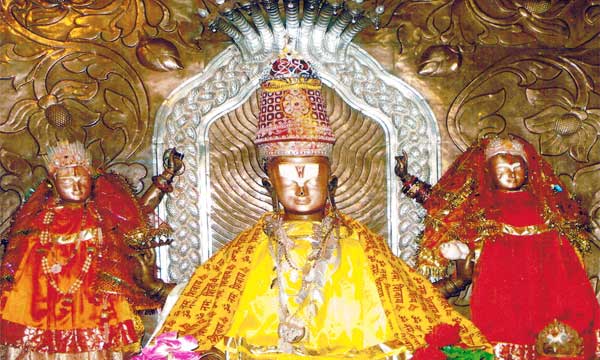
Golden statue of Lord Vishnu
The Muktinath Temple houses a life-sized golden statue of Lord Vishnu known as Shri Mukti Narayana. This human-sized statue is the central deity of the temple, symbolizing liberation and spiritual salvation. Alongside Vishnu, the temple features bronze images of goddesses like Bhoodevi, Saraswati, and Janaki (Sita), as well as other divine figures, reflecting the rich religious harmony between Hindu and Buddhist traditions at this sacred Himalayan site.
Visitors Image Gallery


